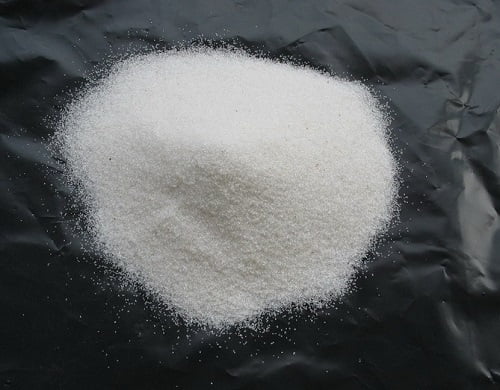What kind of ore can produce high-purity quartz?

High-purity quartz is a high-quality quartz produced in nature (such as crystal) or processed from relatively pure quartz raw materials. It is necessary for the production of high-tech industries such as semiconductors, high-temperature lamps, communications, precision optics, microelectronics, and solar energy. raw materials.
Naturally formed high-purity quartz is scarce or extremely limited (such as crystal). In order to obtain high-purity quartz, the natural high-purity quartz raw material is often purified into high-purity quartz. Therefore, the evaluation of high-purity quartz raw materials, as well as the research on the occurrence and formation mechanism of high-purity quartz raw materials, will be beneficial to the sustainable supply of high-purity quartz raw materials and the processing and purification of high-purity quartz.
1. Comprehensive evaluation of high-purity quartz raw materials
Judging the quality of quartz by chemical composition alone is one-sided, and various factors should be considered comprehensively in evaluating quartz. As far as the quartz mineral itself is concerned, five factors should be considered: the chemical composition of quartz, the embedded particle size, the symbiotic gangue minerals, inclusions and lattice impurities.
2. Ideal source rock for high-purity quartz raw materials
Quartz may be contained in magmatic rocks, sedimentary rocks, metamorphic rocks and hydrothermal veins. The quantity and quality of quartz in rocks of different geological origins vary widely, the purification techniques and difficulties vary widely, and the industrial uses are also quite different.
(1) Magmatic rock
(2) Metamorphic rocks
(3) Sedimentary rocks
3. Geological origin of high-purity quartz raw materials
Generally, the composition of trace elements in quartz is related to the properties of the melt/fluid during quartz crystallization and the later transformations (such as tectonic deformation, metamorphism, hydrothermal metasomatism, etc.) after crystallization. Therefore, relatively pure quartz can be directly crystallized in a melt/fluid with few impurities in a suitable external environment; if the purity and particle size of the quartz formed by the melt/fluid are not good at the beginning, it can also be transformed later (such as structural deformation). , metamorphism, hydrothermal metasomatism, etc.), the impurities can be “purified” by removing impurities through lattice recovery, particle boundary migration, etc.; of course, it can also be formed in the superposition of the above two methods.
4. The influence of impurities on the purification of high-purity quartz
The theoretical chemical composition of quartz is SiO2, but pure SiO2 quartz does not exist in nature. Quartz more or less contains some impurity elements (such as Al, Ti, K, Na, Ge, etc.), the type and content of which are related to the melting/fluid and external environment when the quartz is crystallized and the transformation received after crystallization.
The impurity content and occurrence state in the quartz crystal are important constraints to determine whether the quartz crystal can become high-purity quartz. When comprehensively evaluating the metallogenic potential of high-purity quartz in combination with technological indicators and commercial value, it is necessary to comprehensively examine the inlaid characteristics of quartz minerals, coexisting gangue minerals and types. The detailed identification of the occurrence state, quantity and distribution characteristics of impurity elements in the quartz crystal is very important for the subsequent mineral purification processing and discussion of its industrial use.
